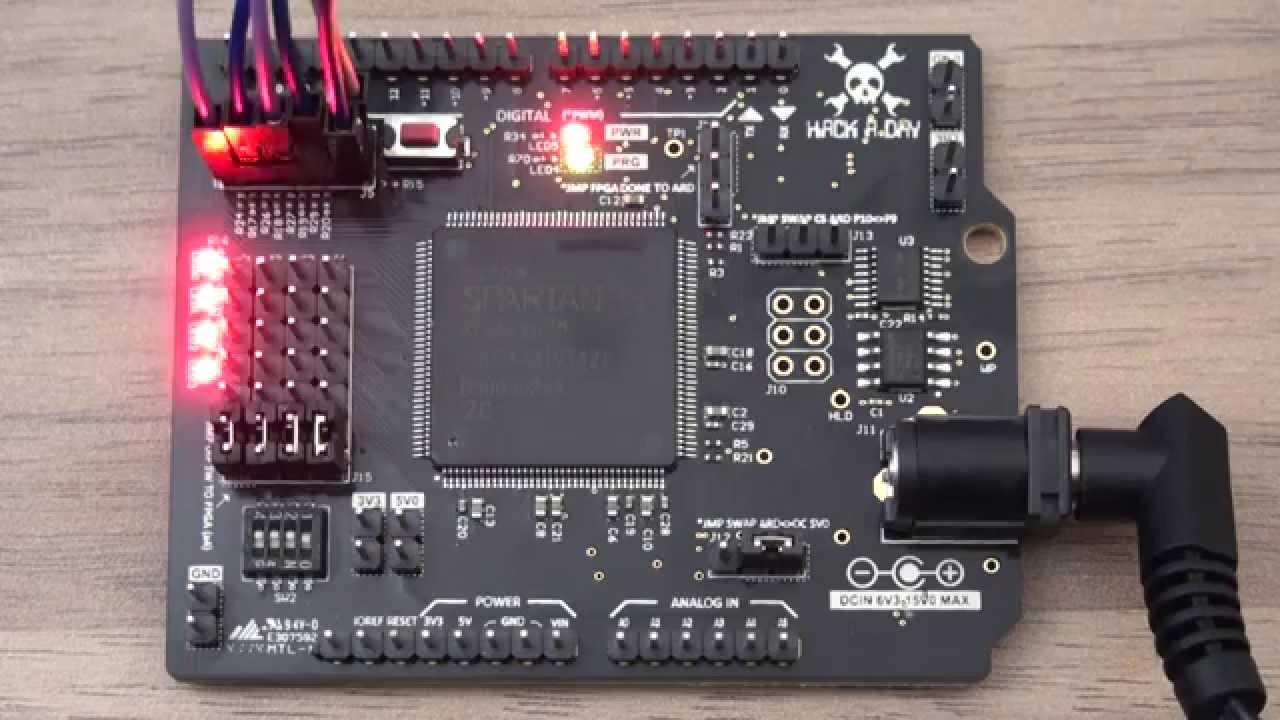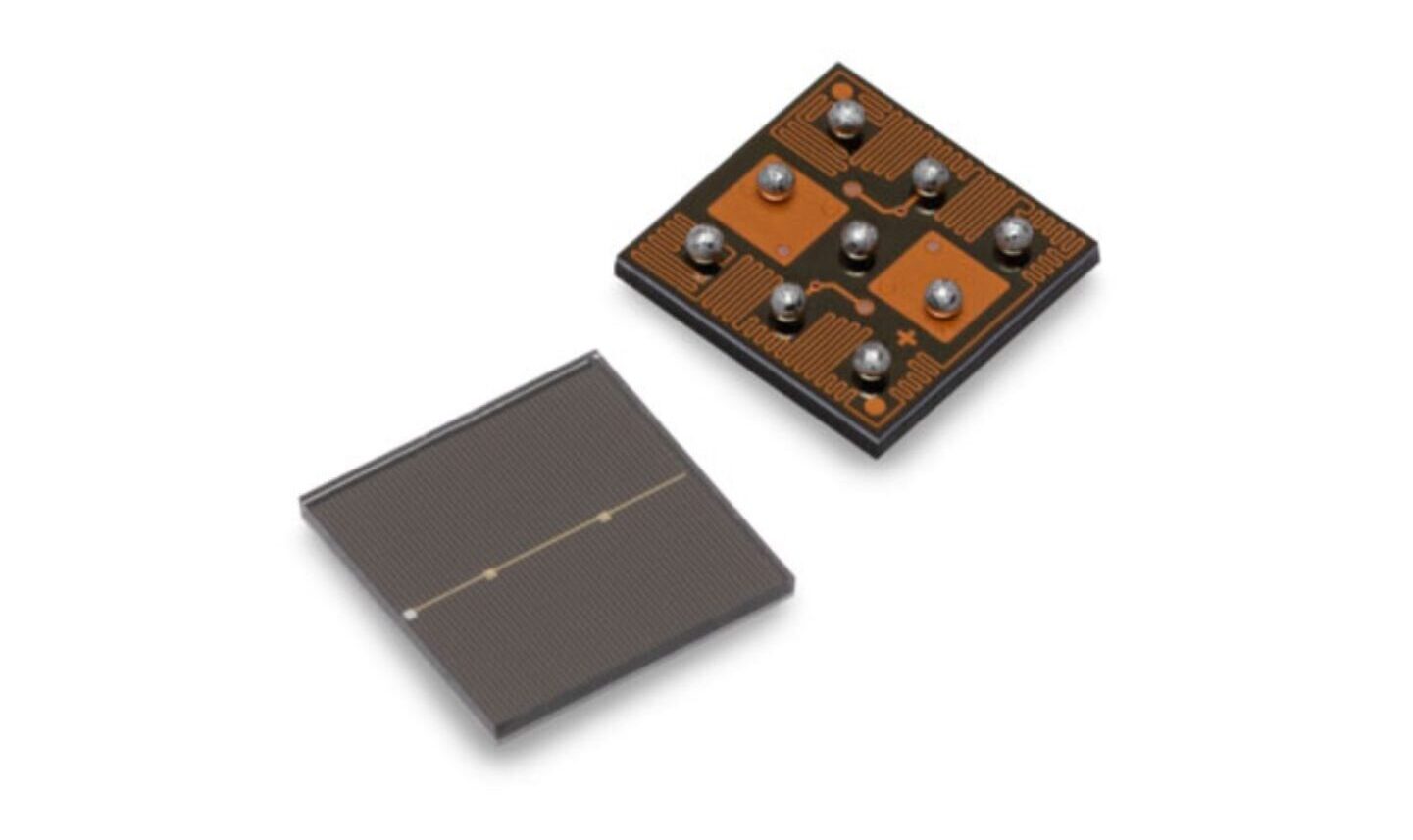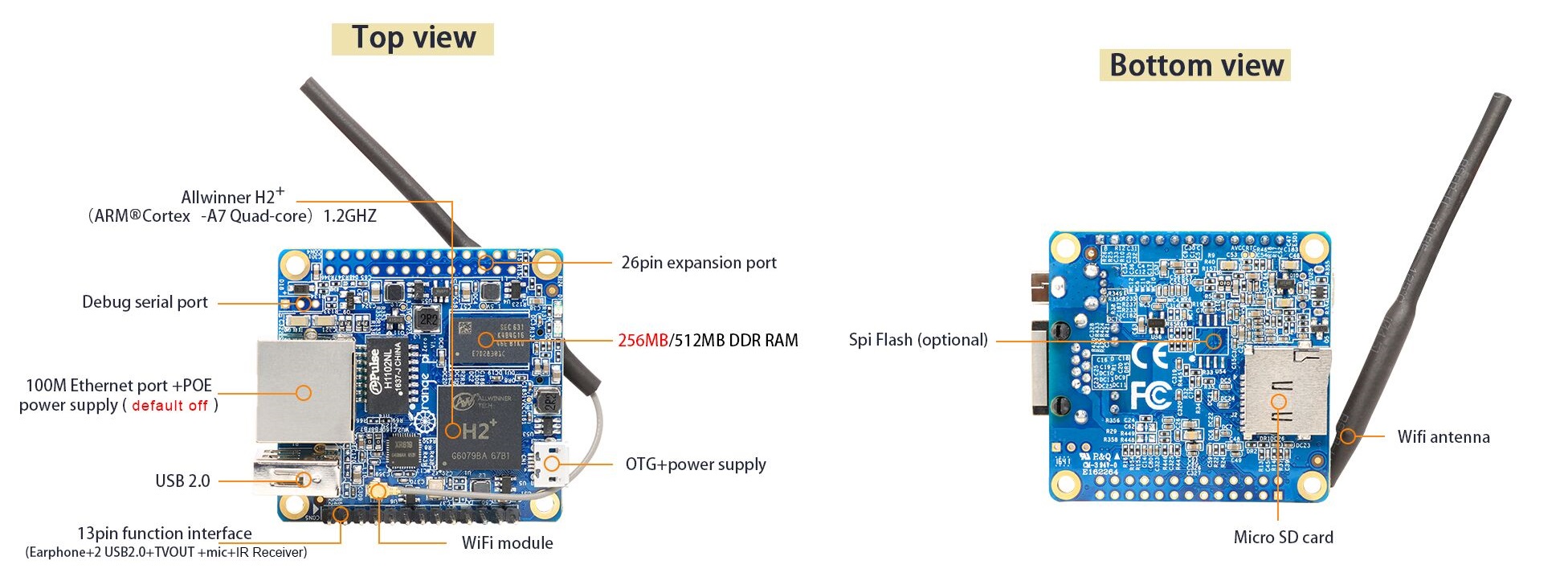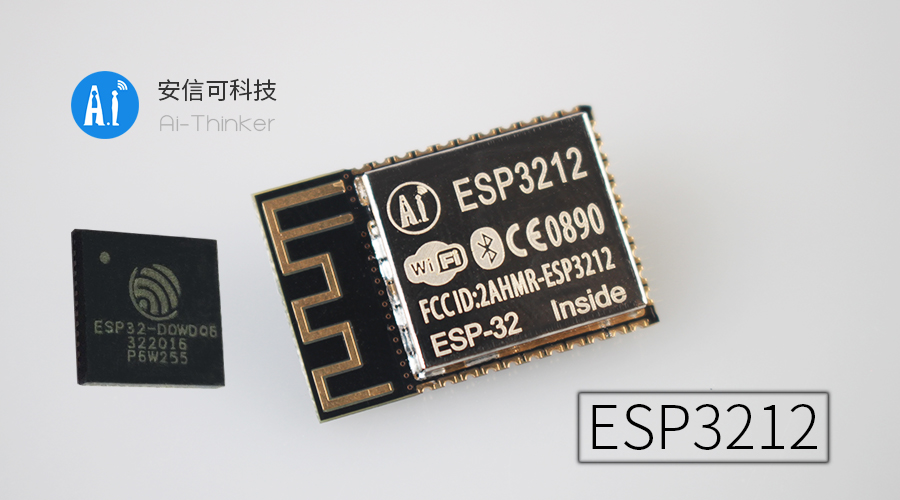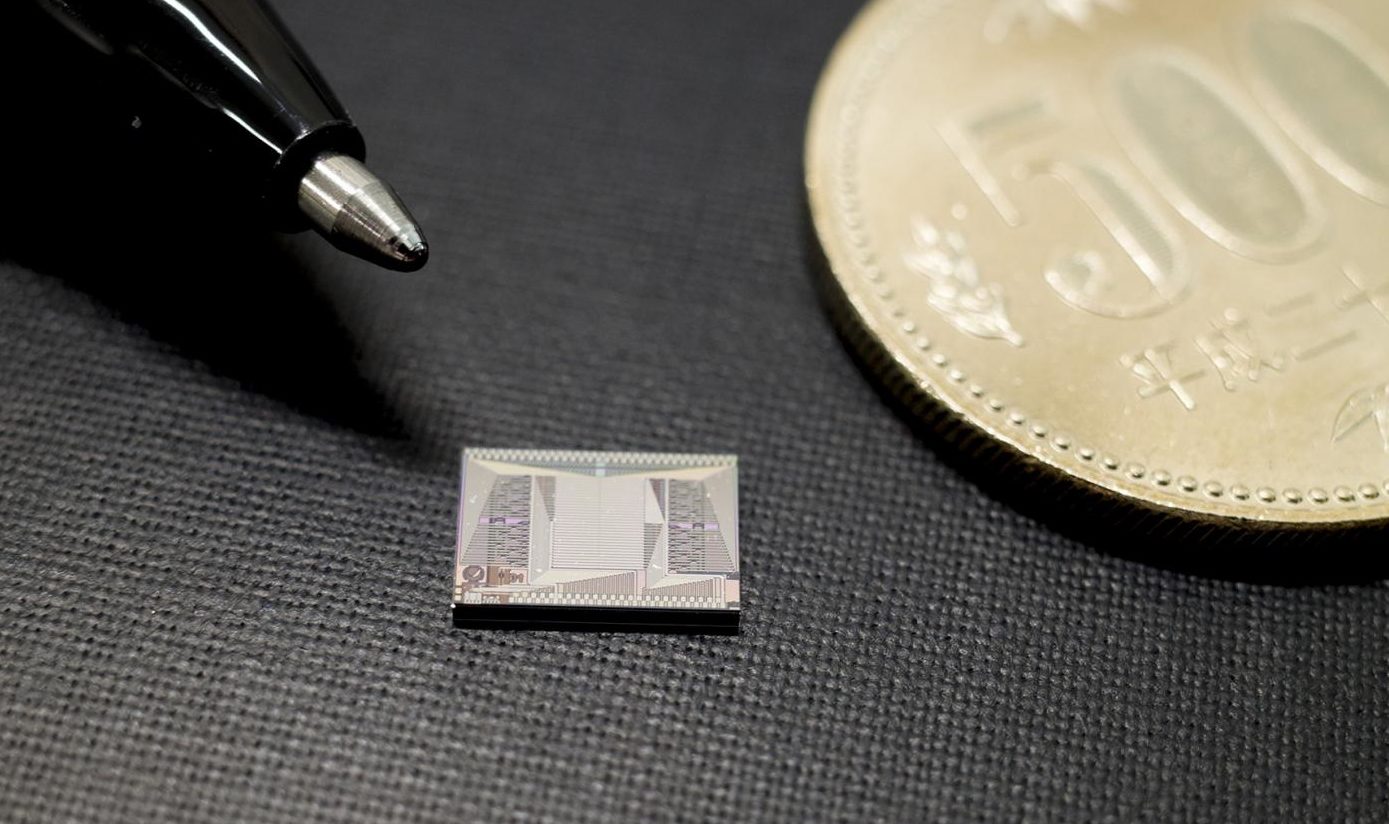
In search for a compact and reliable LiDAR solution, researchers from Yokohama National University in Japan have developed a waveguide-based photonic chip that takes a laser beam as an input and steers light beams over a wide range of selectable angles, without involving any moving parts, not even MEMS. by Julien Happich @ eenewseurope.com
Their results published in the Optica journal under the title “Wide beam steering by slow-light waveguide gratings and a prism lens” describe the use of so-called slow light modes achieved in a specially designed array of silicon-based lattice-shifted photonic crystal waveguides (LSPCW). Thanks to the integration of a six-stage TO Mach–Zehnder Si wire optical switch connected to each of the LSPCWs, the researchers demonstrated the selective light emission at discrete points of the lattice, which they could collimate thanks to a specially designed prism lens.
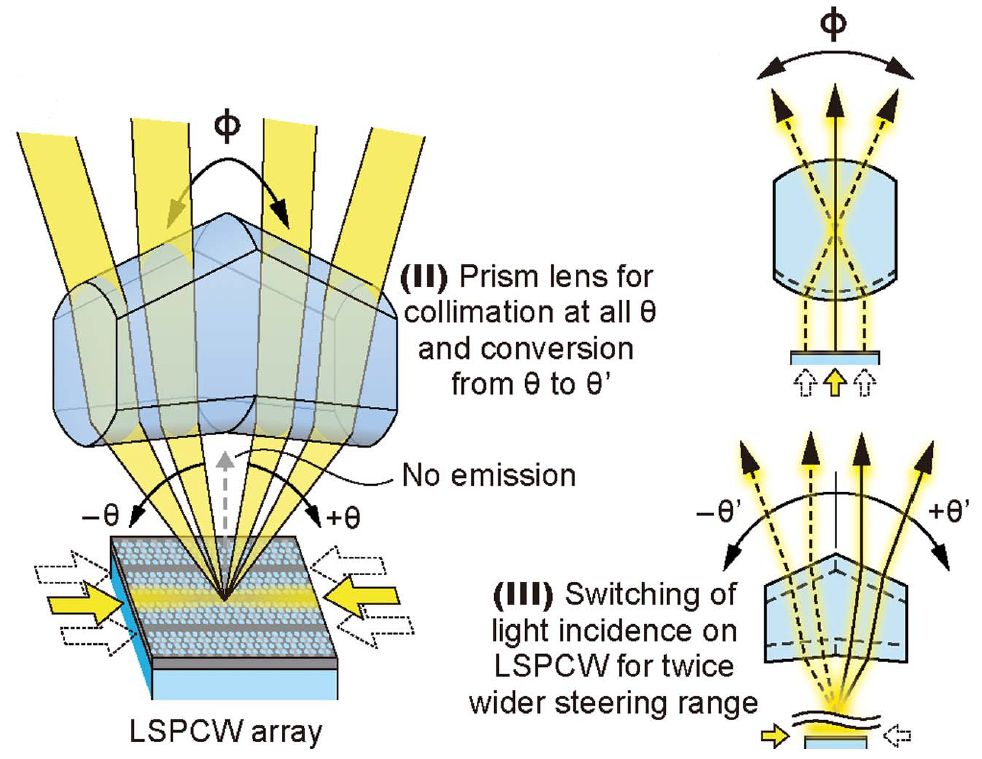
combination with a purposely designed prism lens that
maintains the output beam collimated regardless of
the selected angle of incidence.
Measuring only a few millimeters square, the silicon photonic chip was fabricated in a CMOS process. In combination with the fixed prism, it was able to perform continuous beam steering over a 40×4.4º field of view. In their discussion, the authors anticipate that their device could be further miniaturized, increasing the number of resolution points from 4256 for the prototype they tested in the lab to 345,600 while also increasing the field of view of their LiDAR with the same device footprint.
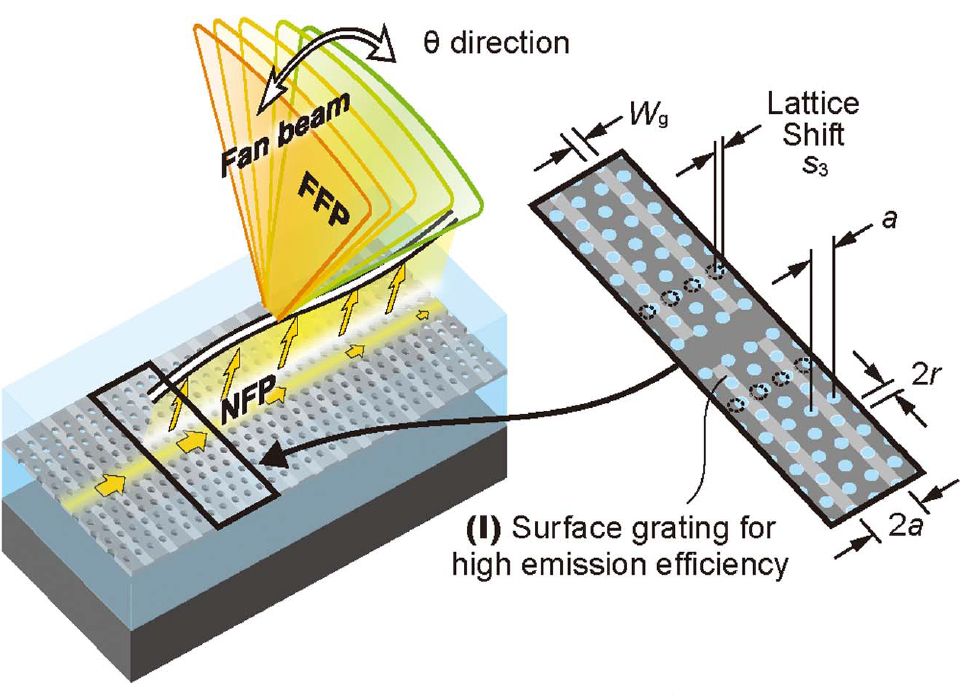
Such a device would be smaller and cheaper and more rugged than any LiDAR alternative using mechanical beam steering. It would also be more energy efficient than other solid-state LiDAR approaches proposed so far, relying on optical phased arrays (OPAs) which require complex optical phase control and a trade-off between the steering range, resolution, and efficiency.
The researchers have applied for patents, not only in Japan but in other countries with the aim to commercialize the technology for its integration into LiDARs.
Yokohama National University – www.ynu.ac.jp





